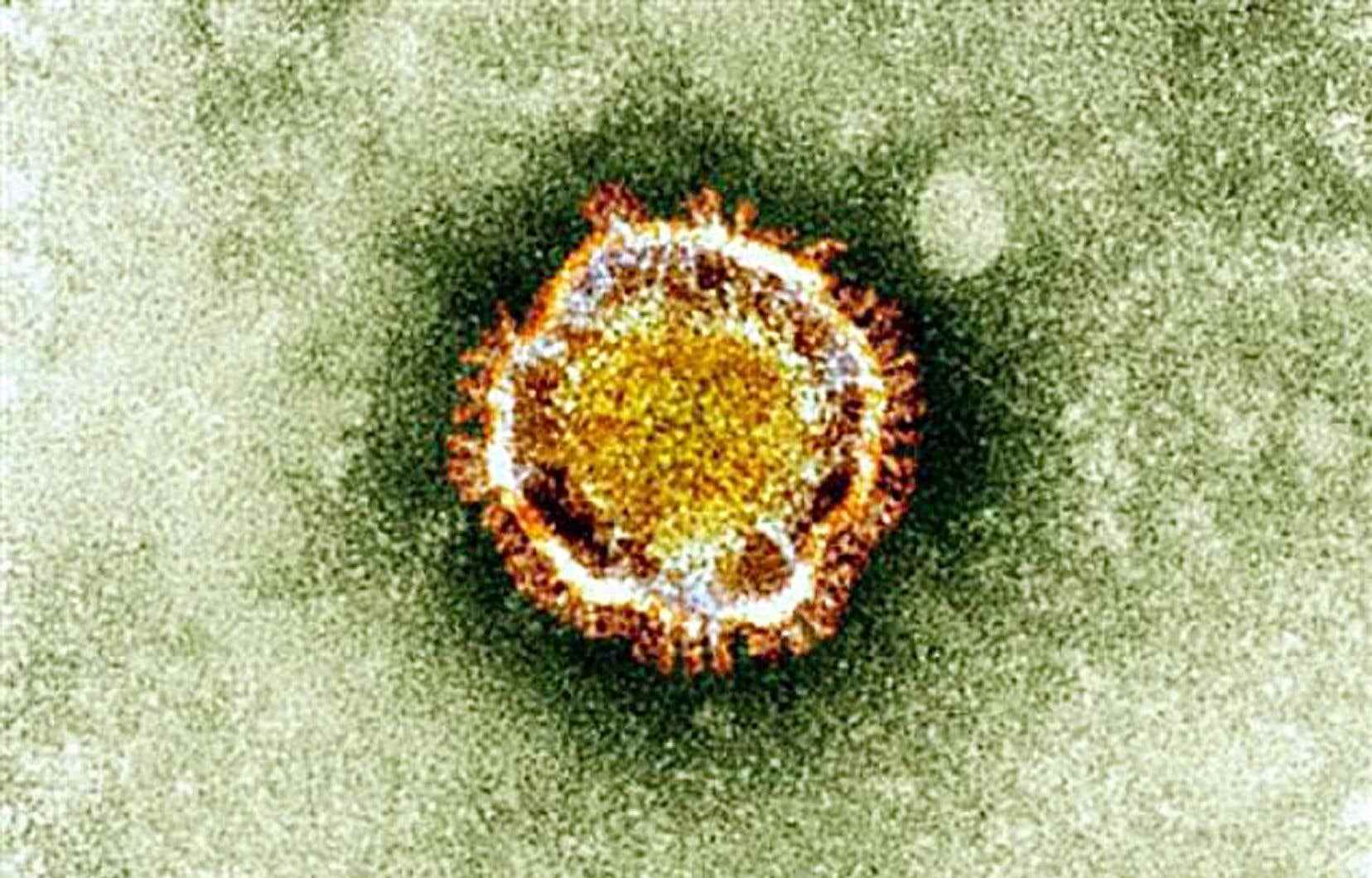The World Health Organization (WHO) said on Monday it had brought together more than 300 experts to draw up a new list of pathogens capable of causing epidemics and pandemics and to study the threats that could arise from unknown viruses.
The WHO’s goal is to update a list of pathogens used as a guide for research and development as well as for investments, including for the development of vaccines, screening tests and treatments.
As part of this process, which started on Friday, the WHO has brought together more than 300 scientists who must study data relating to more than 25 families of viruses and bacteria.
Scientists will focus in particular on “disease X”, an as yet unknown pathogen that could cause a serious global pandemic.
“Targeting priority pathogens and virus families for research and development of countermeasures is essential for rapid and effective response to epidemics and pandemics,” said WHO Health Emergencies Officer Michael Ryan.
“Without significant investments in research and development before the COVID-19 pandemic, it would not have been possible to develop safe and effective vaccines in record time,” he stressed.
This list was first published in 2017.
It currently includes COVID-19, Ebola virus, Lassa fever, Middle East respiratory syndrome (MERS), severe acute respiratory syndrome (SARS), Zika and Nipah viruses and disease X.
During their work, the experts will identify, for each pathogen identified as a priority, the gaps in knowledge and the priorities for research.
A roadmap for the development of vaccines, treatments and screening tests can then be developed.
“The list of priority pathogens has become a reference for the research community”, indicating “where to focus efforts to manage the next threat”, explained Soumya Swaminathan, chief scientific officer of the WHO.
The revised list of pathogens must be made public by April 2023.
Prevention of pandemics
In addition, the WHO is preparing for the next round of negotiations for an international treaty on the prevention of pandemics.
An intergovernmental negotiating body is working to hammer out a global agreement on how countries prepare for and respond to future pandemic threats.
Its next meeting, the third, will take place in Geneva from 5 to 7 December.
This intergovernmental body will report on the progress of its work to WHO member countries in 2023, with the final text to be submitted to them for adoption in 2024.
A draft text is to be considered at the December meeting.
The “Panel” for a Convention on Global Public Health, a coalition of political and health leaders, said on Monday that this document did not go far enough, in particular to establish responsibilities and clearly define deadlines and responses when an outbreak occurs.
“Once an outbreak is detected, there are often a few critical hours to inform, assess and act to prevent the spread of a disease before it becomes virtually unstoppable,” the panel noted in a statement. .
“The current draft does not go far enough to define the level of urgency required either to prepare for disease X or known pathogens, or to respond to the first stage,” according to the panel.
“From December 2019 when information about the novel coronavirus was suppressed, to the many countries that took a wait-and-see approach when cases of COVID-19 were first reported… We have seen the devastating consequences of inaction in beginning” of the epidemic, warned the “Panel”.
